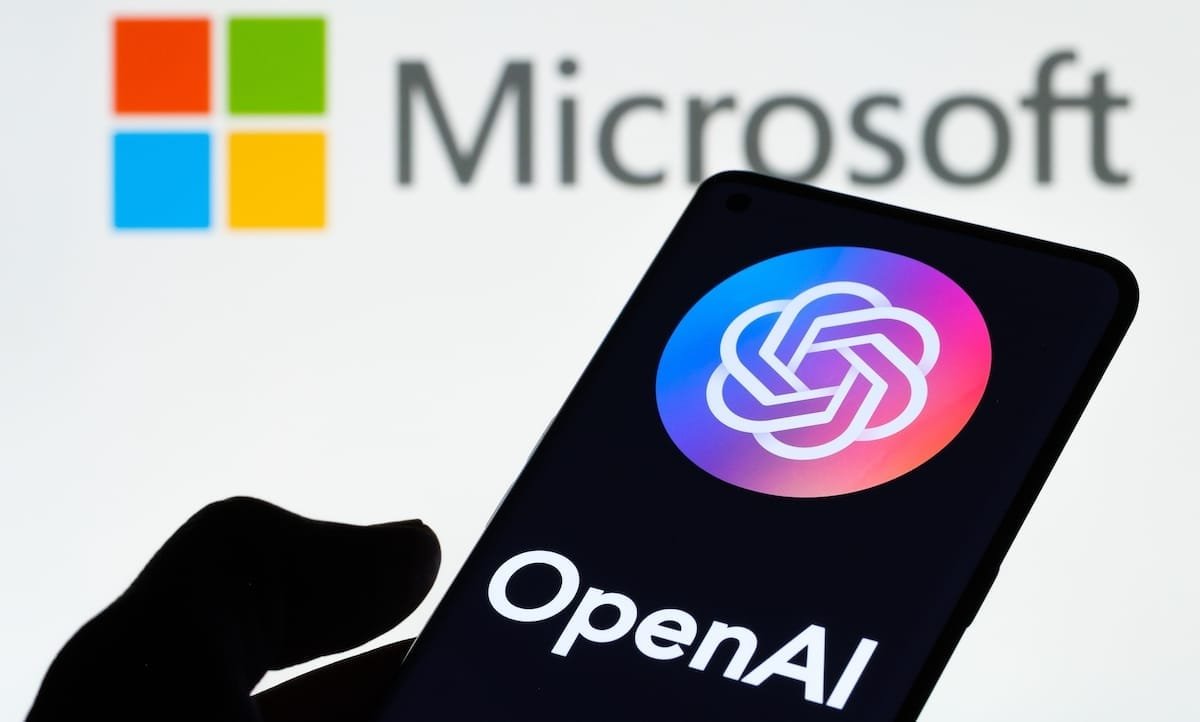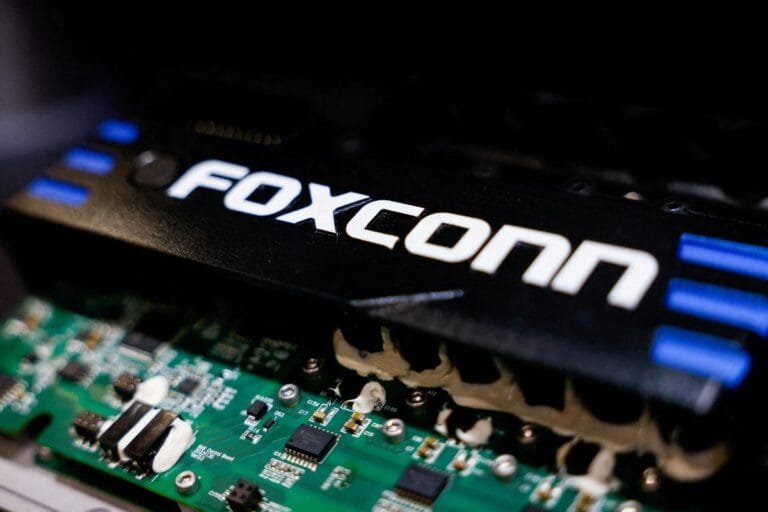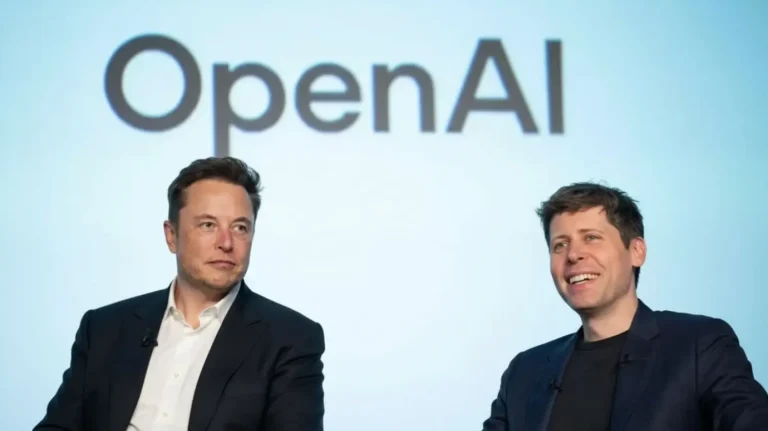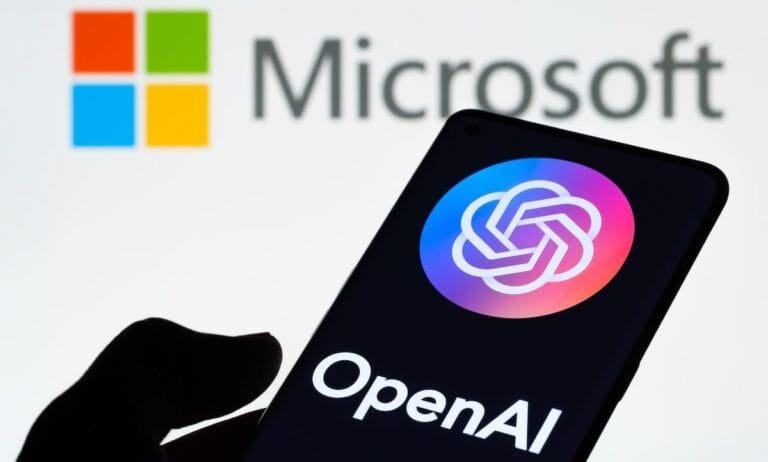
OpenAI and Microsoft deepen their partnership to drive AI innovation and explore brain-AI connections.
A historic agreement and its profound implications
The partnership between two giants of the global technology world, OpenAI and Microsoft, is not just a business deal, but a historic decision that will shape the future of artificial intelligence (AI) Recently, OpenAI’s Chief Financial Officer (CFO) highlighted a crucial aspect of this partnership that is often underestimated Capital raising efficiency This seemingly innocuous phrase could be the key to giving OpenAI an edge in the future tech race But is that all there is to it? The AI for which this capital is being raised – is it now capable of ‘detecting’ the human mind? Can a machine truly understand and recognize the process of human thought? This article will delve into the various facets of the OpenAI-Microsoft deal, encompassing not only financial benefits and technological collaboration but also this new and challenging concept of AI detection.
Not Just Cash Investment
It’s widely known that Microsoft has invested billions of dollars in cash in OpenAI But according to the CFO, the real benefit of this deal goes far beyond just cash Microsoft has provided OpenAI with its vast cloud computing infrastructure, specifically Azure supercomputers Training AI models, especially large language models (LLMs) like GPT-4, requires immense computational power, and acquiring or building this power can cost any company billions of dollars and years of time This collaboration from Microsoft saves OpenAI this cost and time, allowing the company to focus entirely on research and development The true meaning of capital raising efficiency, which OpenAI’s CFO referred to, simply means doing more with less expense.
Market Reach and Technology
Microsoft’s massive customer base and enterprise solutions are proving to be a boon for OpenAI Products like GitHub Copilot (based on OpenAI’s Codex model) and Microsoft 365 Copilot are directly bringing OpenAI’s technology to millions of users This eliminates the need for OpenAI to create a separate marketing mechanism to sell its products Microsoft’s brand name also provides them with a certificate of credibility and security, which is extremely important in the corporate world
OpenAI chose a different path by partnering with Microsoft, and they no longer need to separately raise capital from investors every time they develop a new AI model There’s no need to raise huge sums of money Microsoft’s infrastructure provides a reliable foundation, allowing OpenAI’s capital to be directly invested in innovation, not in building infrastructure This efficiency is what keeps them competitive with giants like Google and Meta.
AI Detection vs. Human Brain
While companies like OpenAI are creating more powerful AI, a new problem is emerging identifying AI-generated content (such as an article written by an AI) This is where the concept of AI detection comes from, and now another challenging question arises can AI recognize the activities of the human brain? This is related to AI-generated text detection, but academic institutions, publishers, and content creators want to ensure that the content they receive is human-created or the product of an AI AI detection tools have been developed for this purpose These tools typically work in the following ways Perplexity analysis This measures how “unpredictable” a text is for an AI model AI models often use very “correct and predictable language, while human writing has a certain amount of chaos and creative unpredictability Burstiness analysis This looks at the variation in sentence length and structure.
Can AI ‘Read’ the Human Mind?
Brain-computer interfaces, which Elon Musk’s company Neuralink and other institutions are working on, are relevant here The goal is to decode brain signals, not to directly read thoughts For example, researchers record the pattern of brain activity while a person thinks the word “hello The AI model then learns these neural signal patterns In the future, when a person thinks the same word, the AI can recognize that pattern and convert it into text or a command This is not reading the mind, but rather “decoding” a specific signal Also relevant is Functional Magnetic Resonance Imaging and AI Scientists are using AI to analyze brain activity data obtained from fMRI scans Surprisingly,
some studies have shown that AI models are capable of predicting what kind of image a person is looking at or what kind of sentence they are hearing, based solely on their brain scans However, this work is still in its early stages and requires massive amounts of data and complex computations.
Microsoft-OpenAI Deal
These two topics are deeply interconnected The Microsoft-OpenAI partnership is fostering the development of powerful AI, which will be key to creating more accurate detection tools and potentially more advanced brain-computer interfaces in the future Furthermore, powerful AI models enable better detection advanced models like GPT-4 can not only generate excellent text but also detect AI-generated content.They may also become more capable of recognizing subtle patterns in language, leading to improved accuracy in detection tools This is where cloud power and neuroscience research come in Microsoft Azure’s vast cloud infrastructure is not only powering products like ChatGPT, but it can also provide a platform for the complex neuroscience computations necessary for the development of brain-computer interfaces In the future, OpenAI researchers could leverage Microsoft’s computational power to gain a deeper understanding of the relationship between the brain and AI.
Challenges and Opportunities of a New Era
The comments from OpenAI’s CFO are not limited to financial transactions They point us towards a new direction in technological development In the future, the success of companies will be determined not only by the cash they possess, but also by their strategic partnerships and access to computational resources This collaboration between Microsoft and OpenAI is emblematic of this new model This endeavor to understand AI detection and the human brain confronts us with serious questions of ethics, privacy, and human identity If AI were to one day recognize our thought patterns, what terrifying possibilities of misuse could arise
On the other hand, it could also make miracles possible, such as restoring the ability to speak to paralyzed patients Ultimately, the partnership between Microsoft and OpenAI has brought us to a point where the pace of technology is accelerating, and its implications are profound It is up to us to use this power to build a transparent, ethical, and human-centered future.




